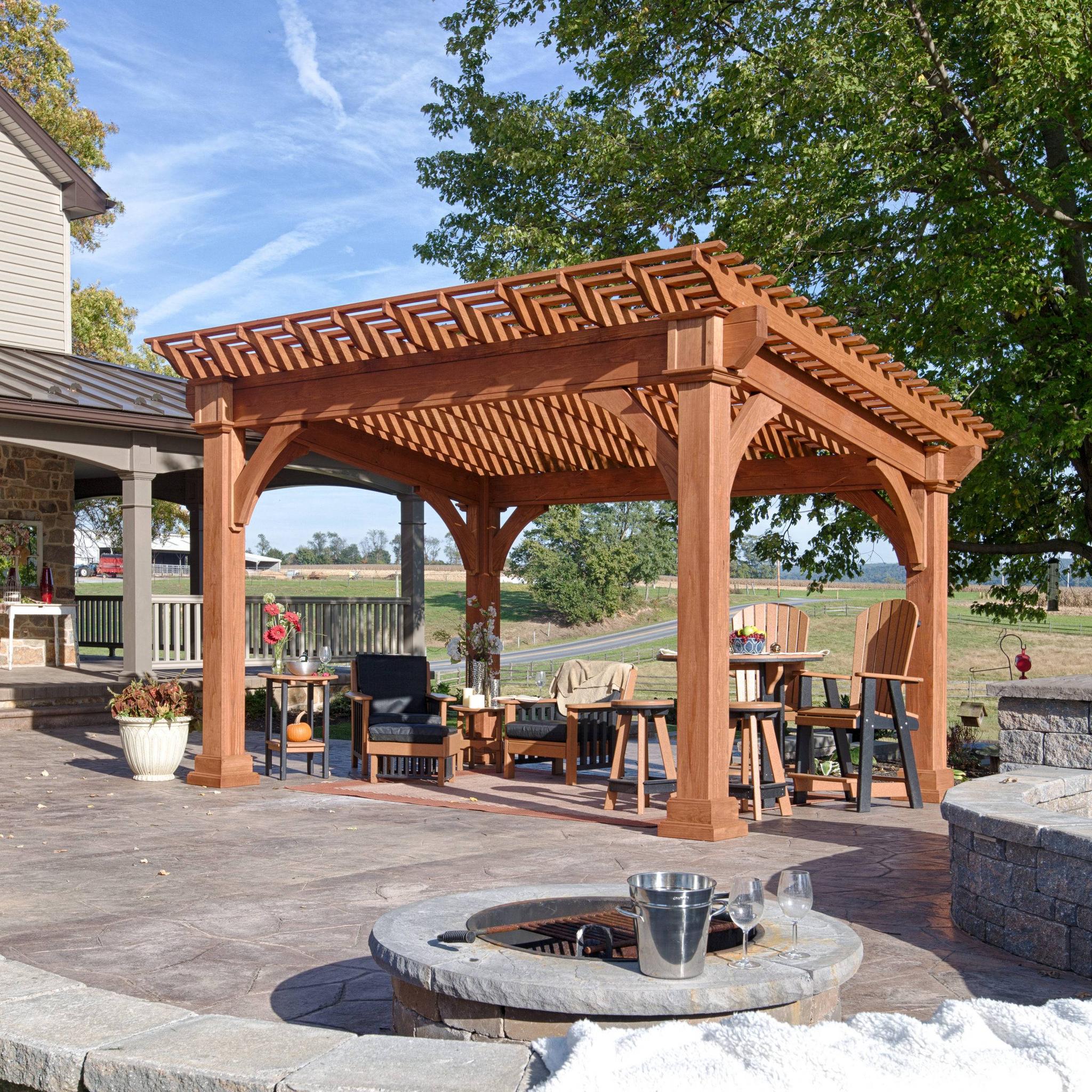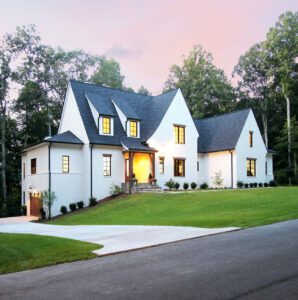Pergolas are outdoor garden features that create a shaded passage, walkway, or seating area. Pergolas are typically made of pillars and vertical posts, which support sturdy open lattices. The term is derived from the Latin word pergula, which means “a projecting eave”.

Pergolas are increasingly popular in the modern home, as they encourage indoor-outdoor movement. When used in tandem with a screened patio, pergolas can continue the flow of the outdoor area. This helps to make the house look more modern and open. The pergola can be a relaxing and enjoyable space, with a built-in bench or planter. Pergolas are a great way to enhance your garden, whether you plan to hang plants or enjoy outdoor entertainment.
The size and style of your pergola will depend on the architecture of your home, as well as the size and height of the roof. Make sure to check with your HOA to see what restrictions apply to pergolas in your community. Also, be aware of any clearance requirements for fireplace chimneys. Additionally, it’s important to consider the ground’s temperature. If it’s cold or frozen outside, concrete footings will keep your pergola in place.
Pergolas offer many benefits, including light shade and private outdoor living space. Pergolas can support ceiling fans, chandeliers, strings of lights, and fabric. They can also be used to decorate an outdoor lounge or dining area. The number of choices is endless – you can even find pergolas that fit your budget. There are many pergola designs and shapes that will complement any home. They can be built with a variety of materials and styles.
Before installing your pergola, think about how you’ll use it. What type of materials would suit your style? Will it be used as a shelter or for entertainment? Consider the size and material of your building. Some pergolas are large enough to house a fireplace or a TV. You’ll also want to consider the size of your backyard space. You may need to consider other structures in your backyard, such as a garden.
Choose a durable material. Aluminum is lightweight and won’t rust. Wood, however, will need maintenance. You’ll need to paint or stain it every few years. Wood pergolas will need to be sealed every few years, but they’ll be fine for humid climates. Similarly, aluminum pergolas are lightweight and durable. They’re good for a pergola in your backyard. They’re also a great choice if you want a pergola with an elegant look.
Pergolas can add charm to your garden and can serve as an entrance for guests. Typically, arbors are constructed of wood or wrought iron and are placed along a walkway or garden, and usually have vines or other foliage covering them. Pergolas provide shade and seclusion for the garden or patio, and they’re especially attractive when covered with flowers or vines. So, if you’re looking for a pergola, you should be sure to make your decision carefully.
Vinyl pergolas are the most common type of pergolas. They boast a clean, classic style, and they look great on your patio, porch, or backyard. White vinyl adds to your outdoor space and is the ultimate style focal point. Vinyl is the cheapest option, but it does require some periodic maintenance. But they’re also the most durable. You’ll need to pay attention to their maintenance, especially if you plan to use them for years to come.
Pergolas can be easily constructed from a kit. Whether you’re building a DIY pergola or hiring a landscaping company, you’ll need to have a stable foundation for the pergola to be stable and secure. Pergolas may also require special building permits, and obtaining a permit is crucial if you’re going to build a pergola. If you’re not sure, check with your city or town hall. Building officials can fine you if you fail to obtain a permit and build your pergola, so make sure you’re following the rules to ensure safety and satisfaction.
The term pergola is a misnomer for an arbor. Arbor refers to a similar structure, but with a more open design. Both are used for outdoor entertaining. A pergola can be used to support long vines, which are often used in gardens. Arbors, however, are a type of pergola that is specifically designed to support plants. If you’re looking for a structure to support climbing plants, a pergola is a perfect choice.



